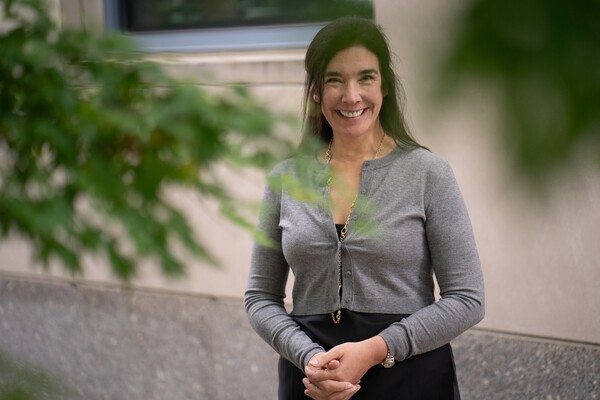
Image: Kyle Cassidy/Annenberg School for Communication

Image: Kyle Cassidy/Annenberg School for Communication
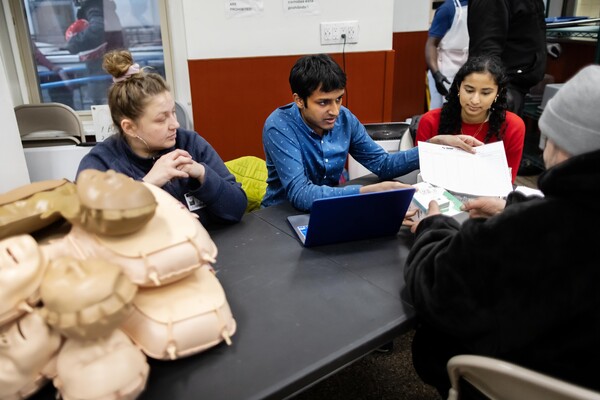
At a recent Project HERO workshop at one of SHOP’s partner sites, Aravind Krishan, center, gave a brief presentation on heart health and Taylor Brothers, left, gave a CPR demo.
nocred
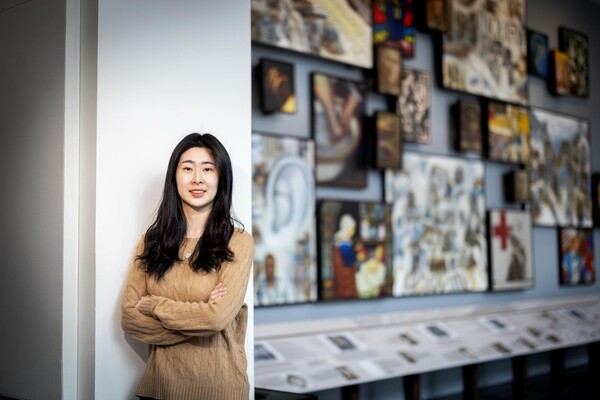
nocred
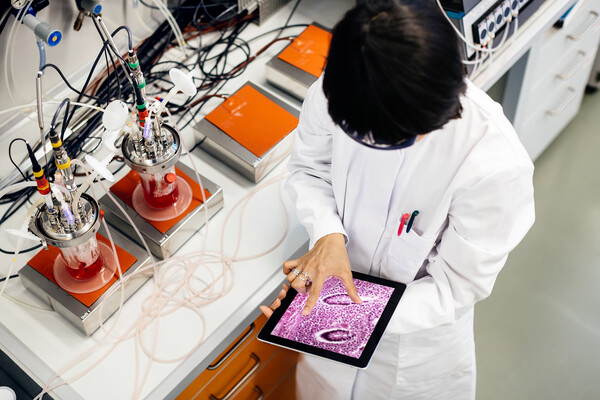
Image: Hinterhaus Productions via Getty Images
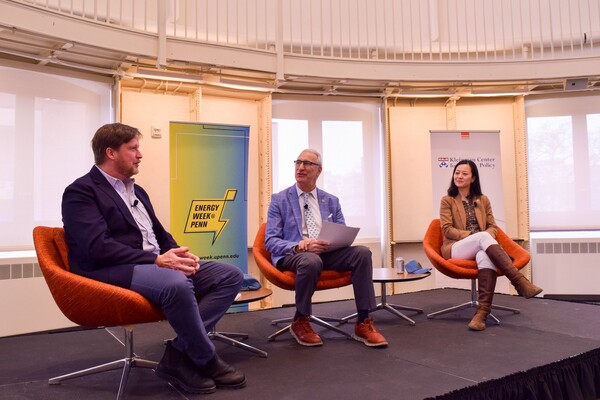
University of Pennsylvania School of Veterinary Medicine Dean Andrew M. Hoffman, center, moderated a discussion with Jonathan Thompson and Grace Wu on tradeoffs in land use for renewable energy.
(Image: Ashley Hinton/Penn Vet)
R. Ramesh, assisting superintending archaeologist at the Archaeological Survey of India, adjusted a measuring tape at an archaeological site in India before he and Penn's Kathleen Morrison took samples for paleoenvironmental analysis from a Neolithic (3000-1200 BCE) deposit.
(Image: Courtesy of Kathleen Morrison)
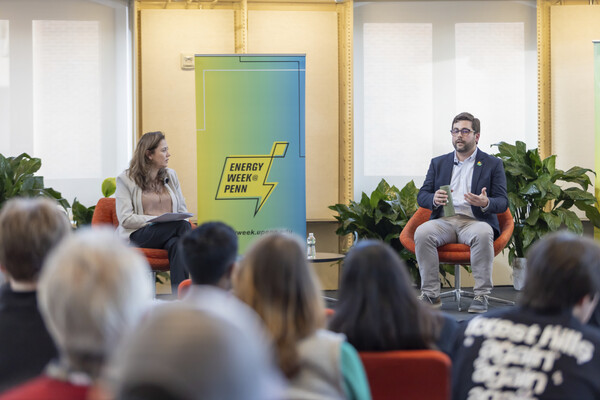
As part of Energy Week in 2024, Kleinman Center for Energy Policy Research Director Angela Pachon moderated a discussion with Kleinman Center Senior Fellow Danny Cullenward on decarbonizing the industrial sector.
(Image: T. Kevin Birch)
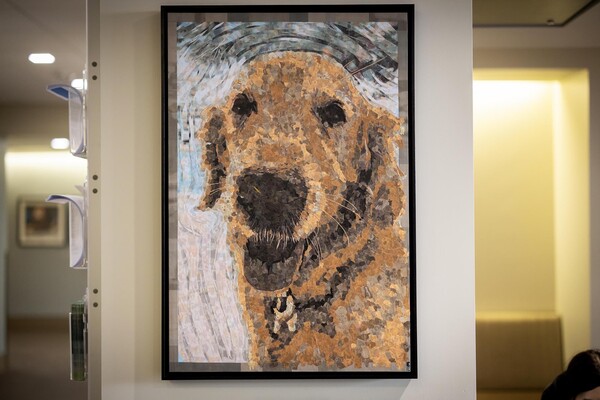
nocred
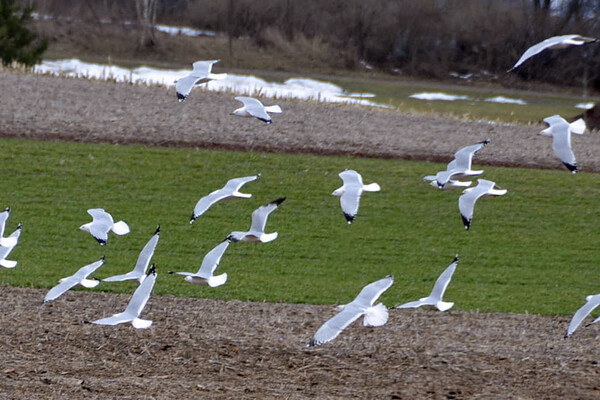
Image: Ellen F. O’Connell/Hazleton Standard-Speaker via AP
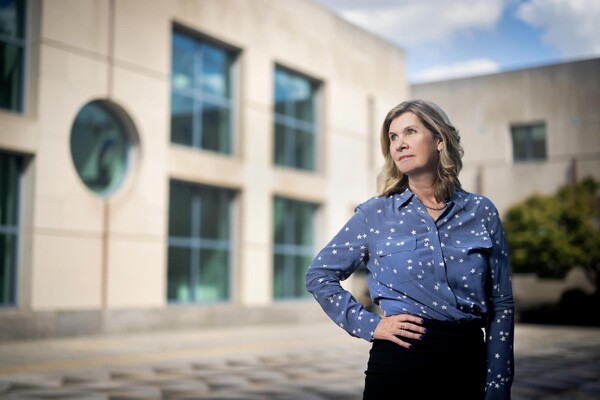
nocred